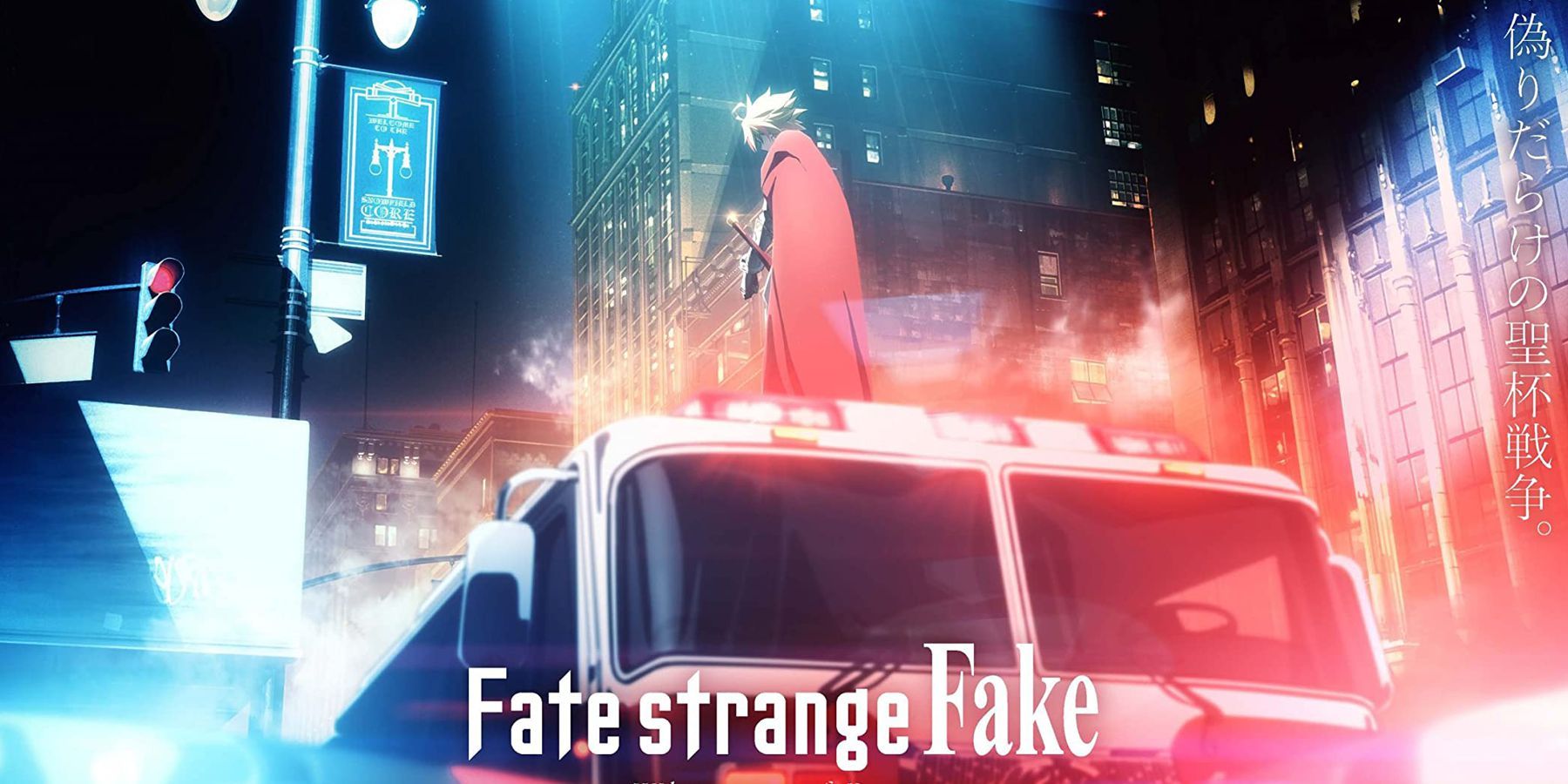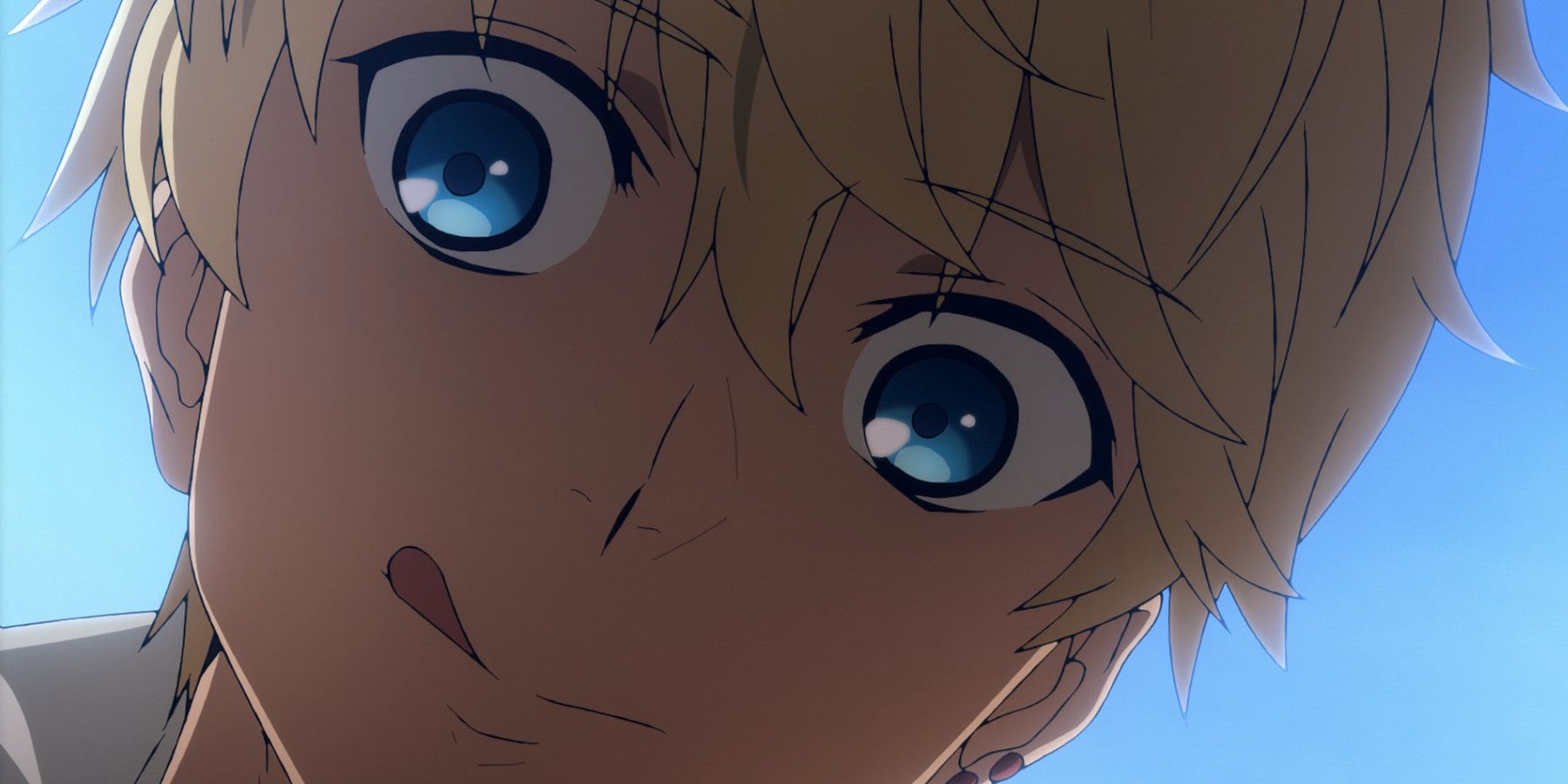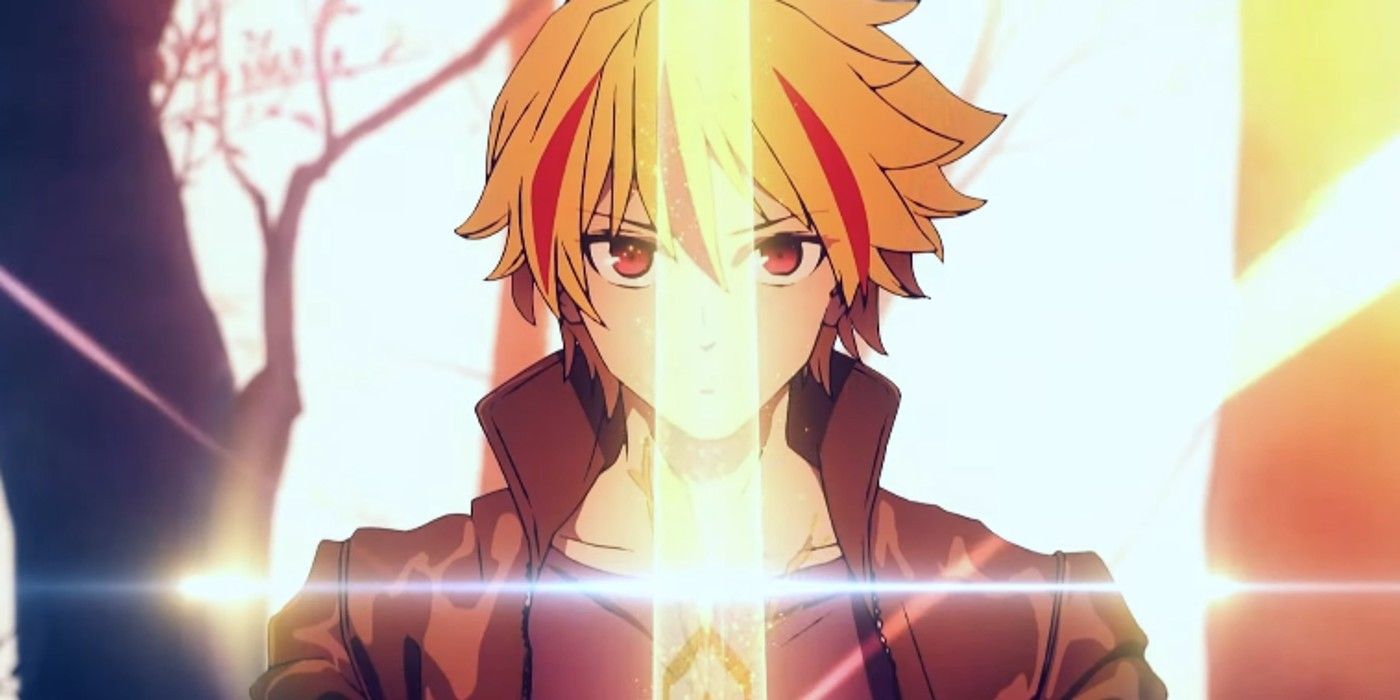
Fate/strange Fake: Unveiling the Enigmatic Whispers - A Riveting Review

Fate/strange Fake: Whispers of Dawn - A mesmerizing Fate tale with a unique twist Delve into a world crafted by the genius behind Baccano and Durarara, where false starts fade away, leaving behind a captivating and exquisitely crafted imitation Experience a proper beginning like no other
Since the Heaven's Feel trilogy, there hasn't been a Fate adaptation that generated as much excitement as Fate/strange Fake: Whispers of Dawn. This highly anticipated chapter, written by Ryohgo Narita (known for Baccano and Durarara), offers a fascinating twist by setting the story in America. What remains to be seen is whether this introductory chapter successfully sets the stage for the anticipated series.
Initially conceived as an April Fool's joke by Narita, Fate/strange Fake eventually became a series of light novels published in 2015. The novels follow a "fake" Holy Grail War taking place in the fictional city of Snowfield, Nevada. Currently, the series is ongoing, with the eighth volume released in Japan on February 10, 2023. Although there is no information available about the series' conclusion, the animated commercial produced by A1 Pictures in 2019 created immense interest in an anime adaptation. Fortunately, the same creative team came together again to create Whispers of Dawn, a TV special serving as the pilot for a potential full adaptation of the story, exceeding audience expectations beyond a mere promotional ad for the light novels.
Setting Expectations
One's enjoyment of Whispers of Dawn greatly depends on their expectations and the context in which they view the story. Frankly speaking, if it wasn't for the immediate confirmation of a TV series after its premiere, this special may not have been received as favorably, despite its many redeeming qualities.
This special is a glamorous and condensed rendition of the first volume of Strange Fake. It introduces the main characters and showcases the summoning of the first Servants. When a pair of mages arrive in Snowfield to verify the occurrence of a Grail War, the older mage is betrayed by the younger, Faldeus. This act signifies the intention of an American organization to hold the ritual in America, deviating from the tradition of previous wars taking place in Fuyuki, Japan.
The summoning of False Archer, False Lancer, False Caster, False Rider, False Assassin, and False Berserker ensues, with no Saber-class Servant to be found, indicating an imperfect Grail War. In a manner reminiscent of Fate/Apocrypha, Fate/Strange Fake divides its extensive array of characters into two factions - the False Holy Grail War and the True Holy Grail War, serving as its deterrent.
A False Start
Whispers of Dawn primarily focuses on introducing the participants of the False Grail War, including True Saber, Richard the Lionheart, and his Master Ayaka Sajyou. The effectiveness of the special in introducing these characters may vary depending on one's familiarity with the original story.Gillgamesh takes center stage in the spotlight, with the initial encounter between him and his Master Tiné immediately signaling that this grail war will not unfold according to any predetermined plans. Tiné represents an indigenous faction aiming to reclaim their stolen land from the mages, showcasing a clever and impactful use of the American backdrop and its historical context.
Due to Gilgamesh's immense popularity, it comes as no surprise that his sections in the first volume remain largely untouched. His reunion with Enkidu holds significant importance and serves as the focal point of the special, establishing the level of intensity and challenges that lie ahead in this war. Another notable narrative revolves around Flat Escardos and the misconceptions that led them to become a Master in the first place.
Returning as Flat's professor, Lord El Melloi II, also known as Waver Velvet from Fate/Zero, finds himself continually exasperated by his talented yet irritating student. When Flat stumbles upon classified information regarding the Grail War and hastily jumps to a far-fetched conclusion, he unknowingly intercepts a package intended for El Melloi and embarks on a journey to America. There, almost by accident, he inadvertently summons Jack the Ripper.
What becomes apparent as one engages with Fate/Strange Fake is the seamless fit between Narita's writing style and the characters within the Fate Series. Just as in Durarara, the individuals in this narrative possess such varied temperaments and personalities that no two are alike in their mannerisms or speech. The pleasure derived from observing the clash and fusion of these distinct personalities is amplified by the presence of the Master/Servant pairing.
That is when these personalities are given the opportunity to be explored. Due to the special's fast pace, many of the significant elements that make the other Masters and Servants intriguing are sacrificed to save time. For instance, without the initial background of False Assassin's life prior to being summoned, her brutal killings of the mages do not carry the same impact as they did in the novel.
Similarly, the introduction of Tsubaki Kuruoka, the Master of False Rider, undergoes a significant reduction, particularly in depicting her parents. In the book, their neglect towards their daughter introduces a chilling element of horror, heightening the shock when False Rider exacts their karmic retribution. The adaptation succeeds in preserving the image of a young girl shielded by a terrifying enigma, but sacrifices certain intricacies that could have further reinforced the narrative.
A Beautiful Imitation
The special deserves credit for its remarkable storytelling, effectively compensating for its weak moments. The characters are brought to life through captivating animations, notably in the vibrant scenes featuring False Caster, while the action sequences boast stunning visuals. Additionally, the visually inventive direction adeptly showcases the characters' unique powers.
False Berserker is never truly present, causing his disguises to vanish instantly between cuts. When Gilgamesh summons Ea, there is a brief moment where a splash screen reveals the weapon's title, subtly imprinting its power into your mind. Director Shun Enokido showcases a remarkable attention to detail, and everyone should eagerly anticipate his approach to this story in a more accommodating format. As for the special, it manages to be both impressive and slightly underwhelming.
But is it fair to expect so much from what is essentially "Episode 0"? The special already jumps between chapters to cover more ground, so it's possible that what was left out will be explored in the early episodes of the show. Regardless of the omissions, many will appreciate Whispers of Dawn as a captivating appetizer before the main course. However, there is a lingering feeling that it missed the opportunity to make a stronger first impression.
Being an hour long, the story lacks the necessary context to generate more intrigue and a bigger payoff. Nevertheless, it presents itself confidently. Fate/strange Fake: Whispers of Dawn demonstrates a deep understanding of what fans love about this franchise while also introducing something completely fresh. It has the potential to become the next great Fate adaptation in animation.




















